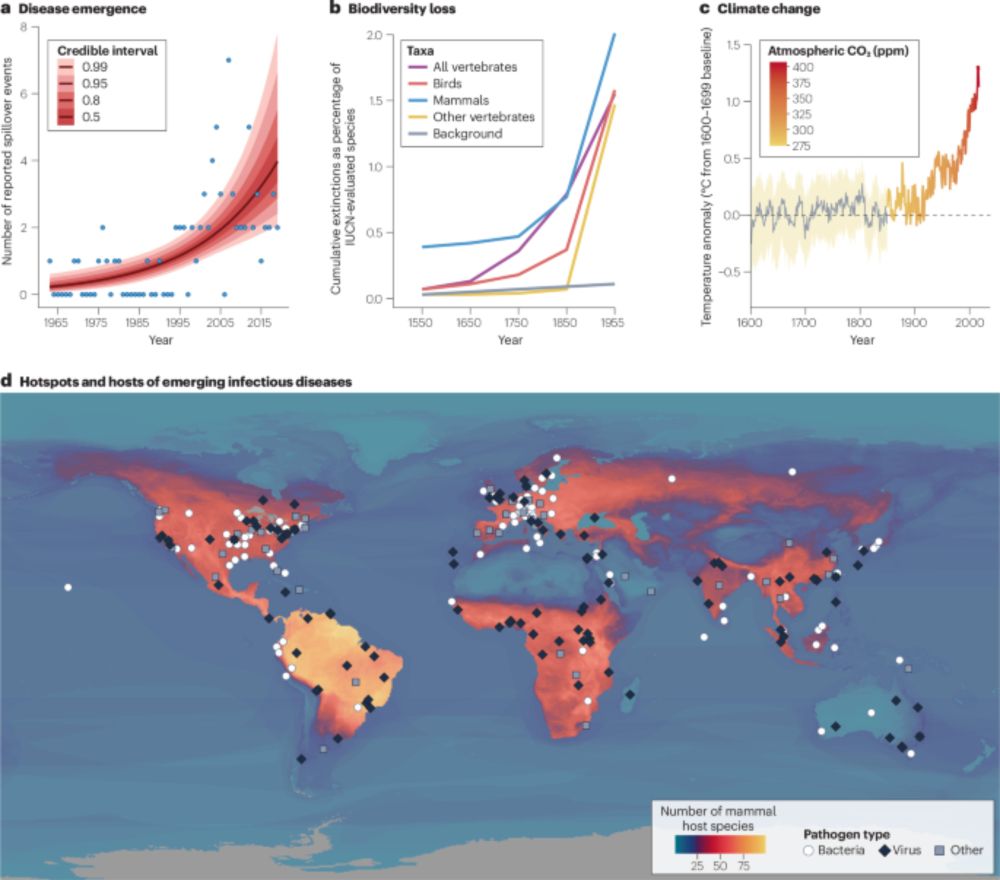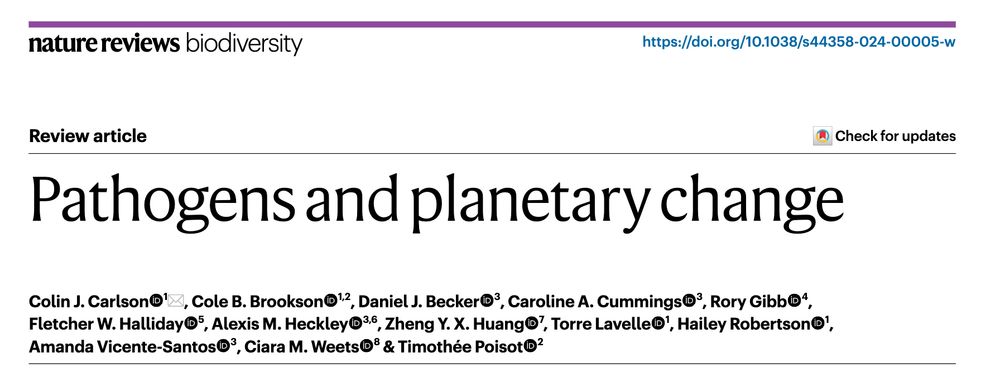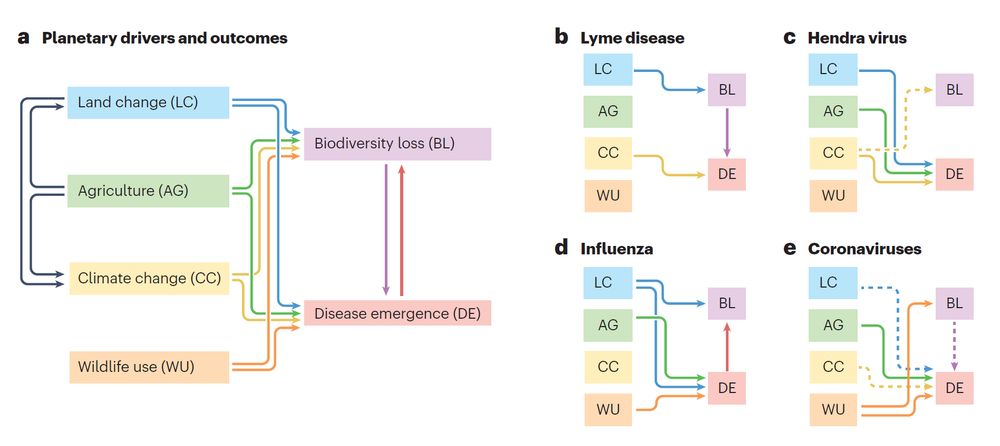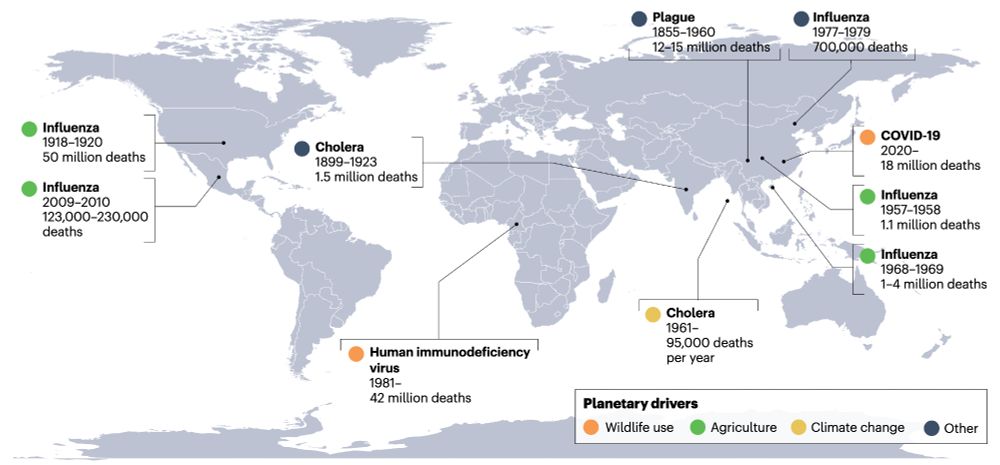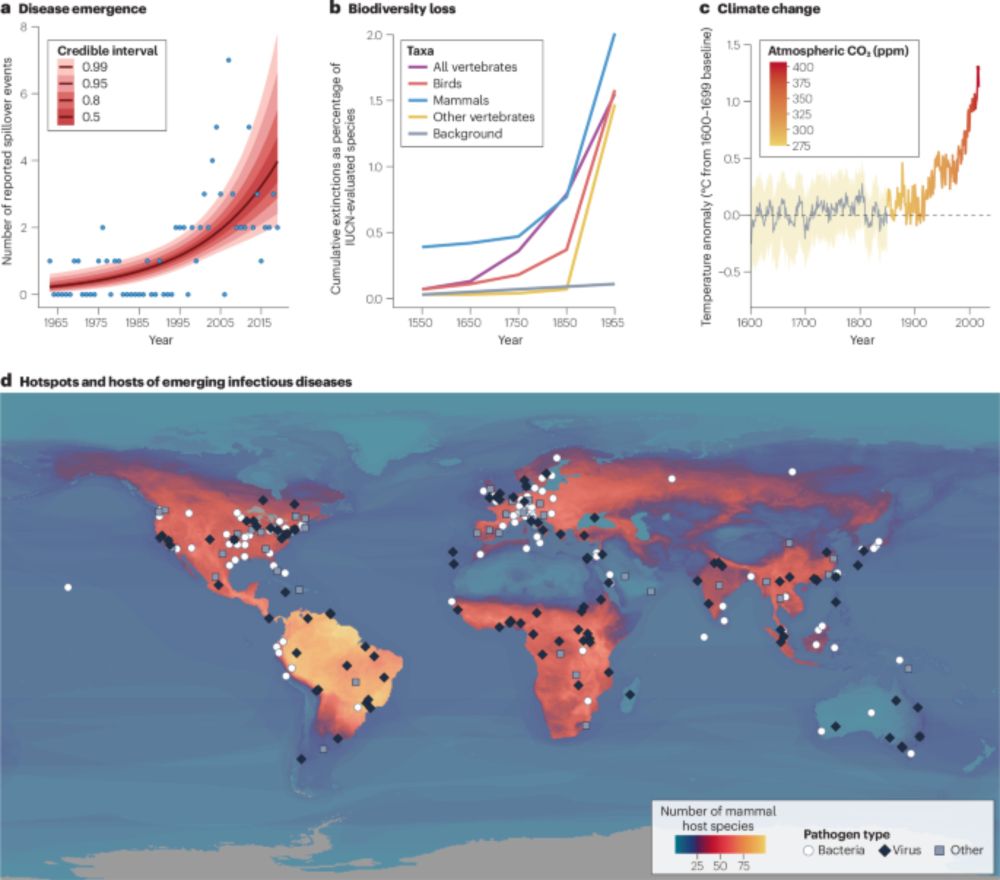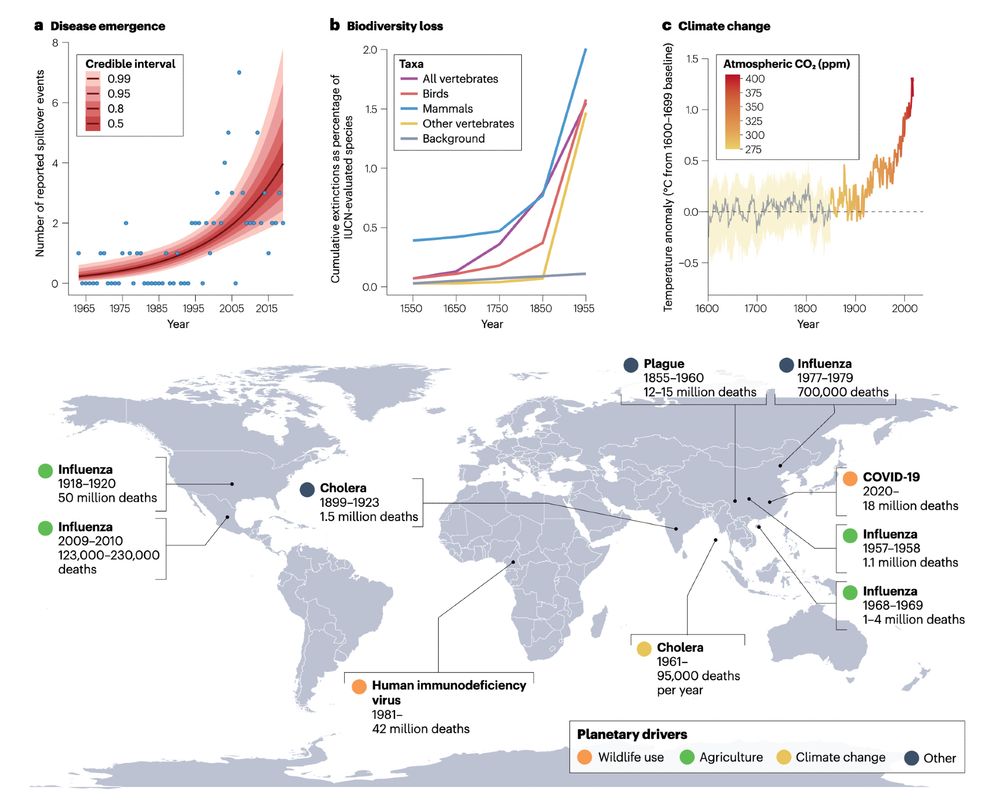Ciara Weets
@ciaramweets.bsky.social
61 followers
130 following
17 posts
junior scientist @ georgetown | M.Sc. in Global Infectious Disease | interested in disease ecology, vaccination, modeling health implications of policy | (she/her)
Posts
Media
Videos
Starter Packs
Pinned
Ciara Weets
@ciaramweets.bsky.social
· Apr 15

Strengthening health security through routine vaccination policy: A comprehensive analysis of childhood vaccination laws across 194 countries
Vaccine preventable diseases (VPD) present a resurgent threat to global health security and jeopardize decades of advancements in public health and ec…
www.sciencedirect.com
Ciara Weets
@ciaramweets.bsky.social
· Apr 15
Ciara Weets
@ciaramweets.bsky.social
· Apr 15
Ciara Weets
@ciaramweets.bsky.social
· Apr 15
Ciara Weets
@ciaramweets.bsky.social
· Apr 15

Strengthening health security through routine vaccination policy: A comprehensive analysis of childhood vaccination laws across 194 countries
Vaccine preventable diseases (VPD) present a resurgent threat to global health security and jeopardize decades of advancements in public health and ec…
www.sciencedirect.com
Reposted by Ciara Weets
Beth Popp Berman
@epopppp.bsky.social
· Feb 20
Bloomberg News
@bloomberg.com
· Feb 19

DOGE Says It’s Saved $55 Billion, Itemized Data Show Far Less
The federal cost-cutting effort dubbed the Department of Government Efficiency says it has saved $55 billion in federal spending so far, but its website only accounts for $16.6 billion of that.
www.bloomberg.com
Reposted by Ciara Weets
Ciara Weets
@ciaramweets.bsky.social
· Jan 27
Ciara Weets
@ciaramweets.bsky.social
· Jan 27
Ciara Weets
@ciaramweets.bsky.social
· Jan 27

The WHO Disease Outbreak News during the Covid-19 pandemic
During the Covid-19 pandemic, the World Health Organization (WHO) was an important public source of information – not only about the pandemic, but also thousands of other potential health emergencies....
journals.plos.org
Ciara Weets
@ciaramweets.bsky.social
· Jan 15
Ciara Weets
@ciaramweets.bsky.social
· Jan 15
Reposted by Ciara Weets
Reposted by Ciara Weets
Reposted by Ciara Weets
Reposted by Ciara Weets
Ciara Weets
@ciaramweets.bsky.social
· Dec 13

Evaluating generative artificial intelligence’s limitations in health policy identification and interpretation
Policy epidemiology utilizes human subject-matter experts (SMEs) to systematically surface, analyze, and categorize legally-enforceable policies. The Analysis and Mapping of Policies for Emerging Infe...
journals.plos.org









